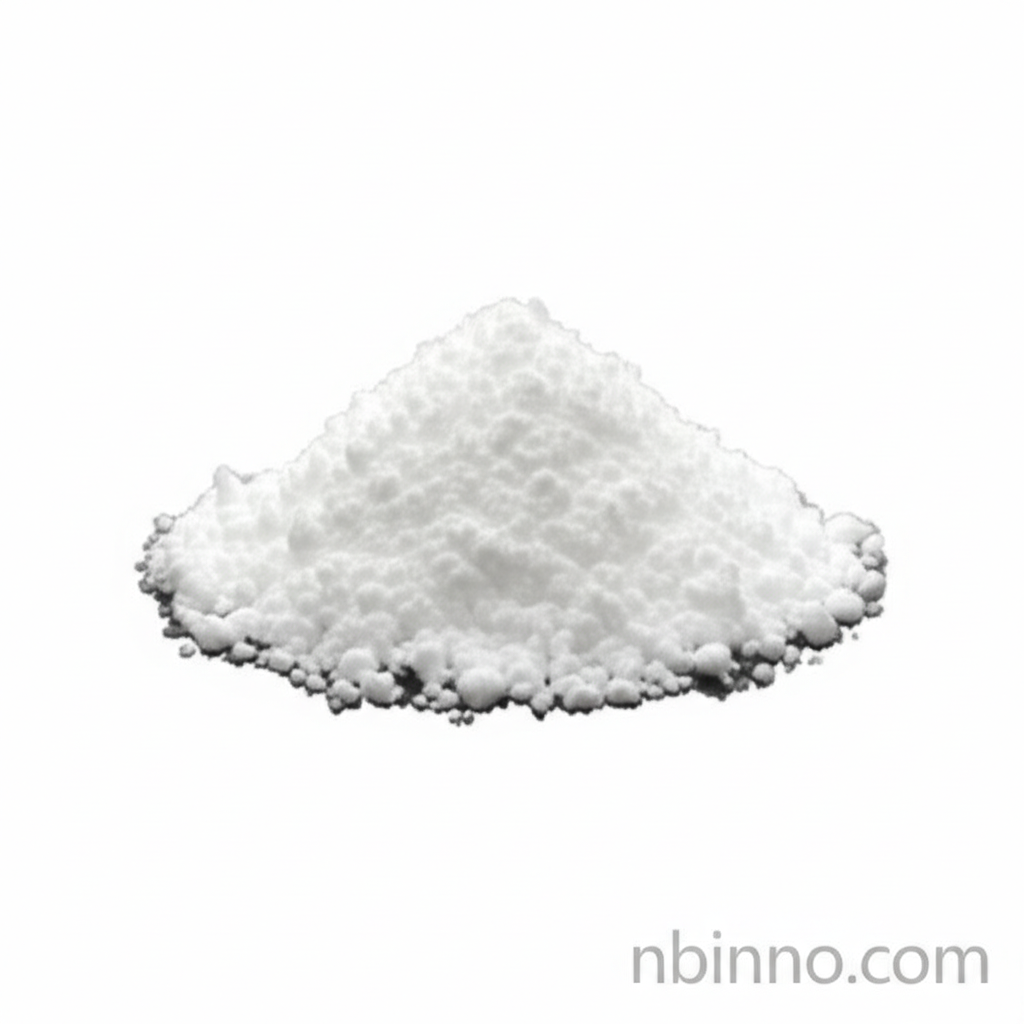High-Purity (S)-Benzyl 2-amino-3-(3-(methylsulfonyl)phenyl)propanoate Hydrochloride for Pharmaceutical Intermediates
A critical building block for advanced ophthalmic treatments and immune modulation therapies.
Get a Quote & SampleProduct Core Value

(S)-Benzyl 2-amino-3-(3-(methylsulfonyl)phenyl)propanoate Hydrochloride
This high-purity compound is a vital intermediate in the synthesis of Lifitegrast, a groundbreaking LFA-1 antagonist specifically designed for the treatment of dry eye syndrome. Its precisely engineered chemical structure facilitates targeted therapeutic action by inhibiting key immune pathways involved in ocular inflammation.
- Understanding the buy lifitegrast intermediate CAS 1194550-59-8 allows pharmaceutical researchers to secure essential components for drug development.
- The specific use of what is benzyl (S)-2-amino-3-(3-(methylsulfonyl)phenyl)propanoate used for reveals its critical role in advanced ophthalmic treatments.
- Reliable lifitegrast intermediate supplier china networks ensure consistent availability and quality for manufacturing needs.
- Efficient synthesis of lifitegrast intermediate pathways are key to cost-effective production of this vital pharmaceutical building block.
Key Advantages
Enhanced Purity for Efficacy
With a minimum assay of 98%, this compound ensures the highest quality in downstream pharmaceutical applications, directly impacting the efficacy and safety of final drug products.
Critical for Dry Eye Therapies
As a key component in the synthesis of lifitegrast intermediate, it plays a pivotal role in developing effective treatments for dry eye syndrome, a condition affecting millions globally.
Facilitates Complex Synthesis
Its specific chemical structure and stereochemistry are meticulously maintained, providing a reliable building block for complex pharmaceutical synthesis, ensuring predictable outcomes.
Key Applications
Pharmaceutical Synthesis
Serves as a crucial intermediate in the synthesis of Lifitegrast, a therapeutic agent for dry eye syndrome, by enabling precise LFA-1 antagonist development.
Ophthalmic Drug Development
Its use in ophthalmic formulations is key to reducing inflammation and improving eye conditions, offering relief for patients suffering from various ocular disorders.
Immune Modulation Research
The compound's ability to modulate immune responses makes it valuable for research into autoimmune diseases and inflammatory conditions beyond ophthalmology.
Biochemical Research Tool
As a modified amino acid derivative, it is utilized in biochemical assays to study amino acid pathways and receptor interactions, advancing fundamental biological understanding.
